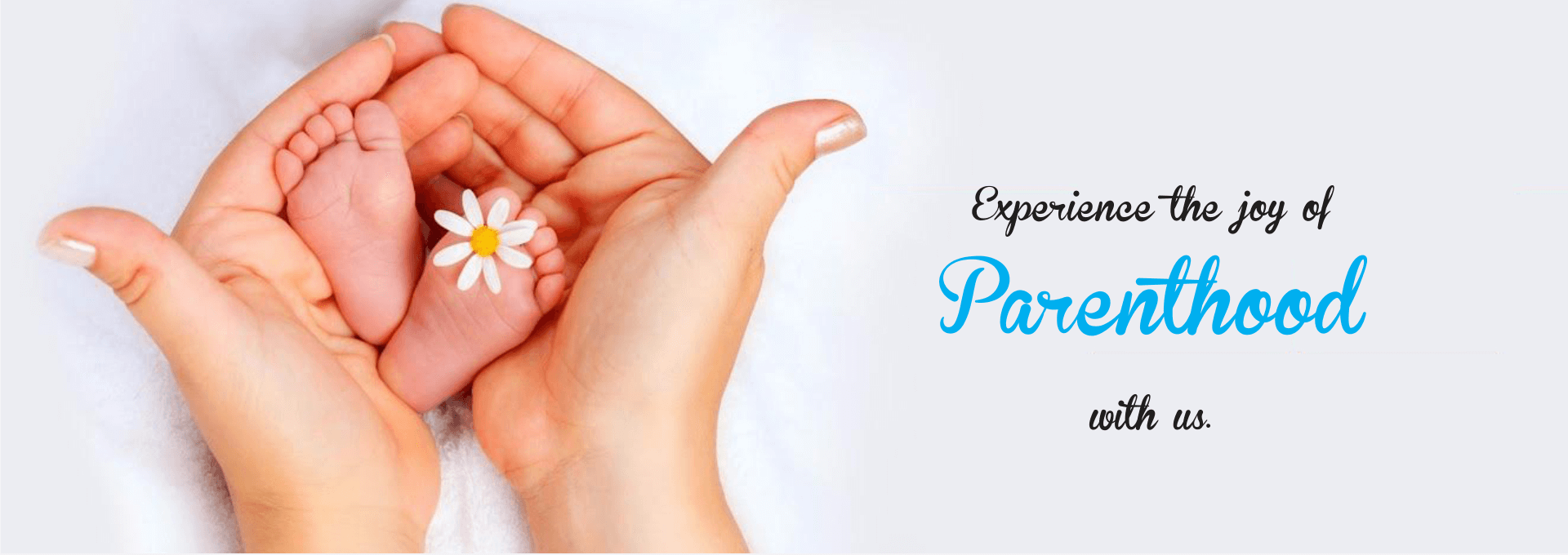In Vitro Fertilization (IVF) is a procedure in which sperm fertilizes the egg outside the body. It comprises supervising and stimulating a woman’s ovulatory process, removing an egg or eggs from the woman’s ovaries and then fertilize them with sperm in a liquid in a laboratory. The fertility specialist then transfers the fertilized egg to the woman’s uterus, to get a successful pregnancy.

Why one uses In Vitro Fertilization Cure?
If you or your partner has:
- Endometriosis
- Uterine fibroids
- Unexplained infertility
- A genetic disorder
- Premature ovarian failure
- Fallopian tube damage or blockage
- Ovulation disorders: If ovulation is infrequent or absent, then fewer eggs are available for fertilization.
- Previous tubal sterilization or removal: If you’ve had tubal ligation — a type of sterilization. A process to cut or block your Fallopian tubes. As a result, it prevents pregnancy permanently.
- Fertility preservation: If you have medical conditions such as cancer, preserve your fertility before beginning your treatment
- Impaired sperm production or function. Because of below-average sperm concentration, weak movement of sperm (poor mobility), or abnormalities in sperm size and shape, it is difficult for sperm to fertilize an egg.
IVF Treatment Cost
The cost of In Vitro Fertilization Treatment for one cycle varies from $3000 to $8000 depending on other factors and one geographic area to another. Egg donor and sperm donor charges will be additional to this cost.
Who will have IVF treatment Cycles?
Ladies below 40 years of age can have IVF treatment Cycles:
- Not Have IVF treatment before.
- Have no definite proof of low ovarian reserve.
- If even after getting 12 cycles of manual sperm injection, still, you don’t get pregnant.
- You have got been in unprotected intercourse without any contraceptive method for one year.
Success Rate Of IVF Process
The success of In Vitro Fertilization varies dramatically, depending on each couple reasons for infertility and their ages. However, younger women usually have healthier eggs and higher success rates.
- 41-43% for women under age 35
- 33-36% for women ages 35 to 37
- 23-27% for women ages 38 to 40
- 13-18% for women ages over 40
IVF Treatment process
- The doctor will insert a thin needle through the vaginal wall to remove the eggs from the follicles. The egg retrieval itself usually is a 20 to 30 minutes process.
- The eggs are mixed with the semen and placed in an incubator to fertilize.
- When the follicles reach large in sizes, a hormone injection is given to get the eggs to mature.
- The embryologist selects the most viable embryo or embryos to place in your uterus. Depending on your diagnosis and age, your doctor places between one to five embryos in your uterus by inserting a thin tube through your cervix.
- If the treatment works, an embryo implant in your uterine wall and finally continues to grow into a baby. Keep in mind with more than one embryo, your chance of pregnancy is higher. But so are the odds of having multiple pregnancies – about 20% of babies born through IVF are twins or triplets.
When You Need IVF Process?
- Diagnosed with unexplained infertility
- If ovulation is infrequent or absent, then fewer eggs are available for fertilization.
- If fallopian tubes damage or blockage makes it difficult for you to become pregnant.
- Premature ovarian failure – the loss of normal ovarian function before age 40. If your ovaries fail, they will not produce normal amounts of the hormone estrogen or have eggs to release regularly.
- If you or your partner is at risk of passing on a genetic disorder to your child, you may be candidates for preimplantation genetic diagnosis.
- Fibroids – These are tumors in the wall of the uterus and are common in women in their 30s and 40s. Fibroids can interfere with implantation of the fertilized egg.
- If you’re about to start cancer treatment. Such as radiation or chemotherapy, that could harm your fertility, IVF for fertility preservation may be an option.






